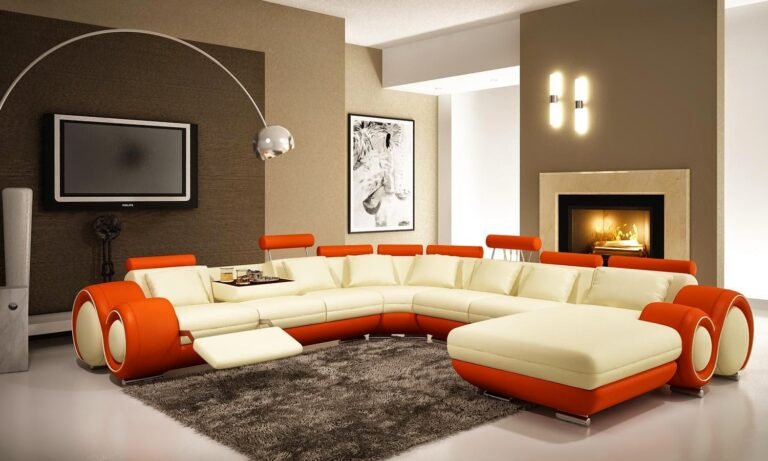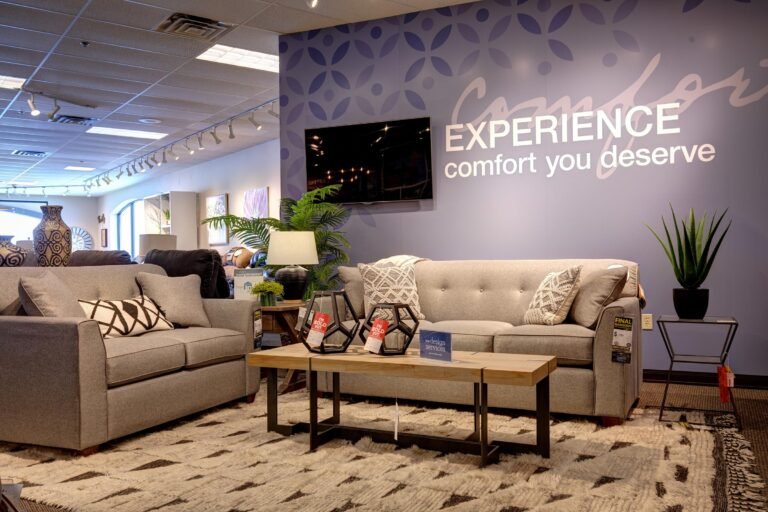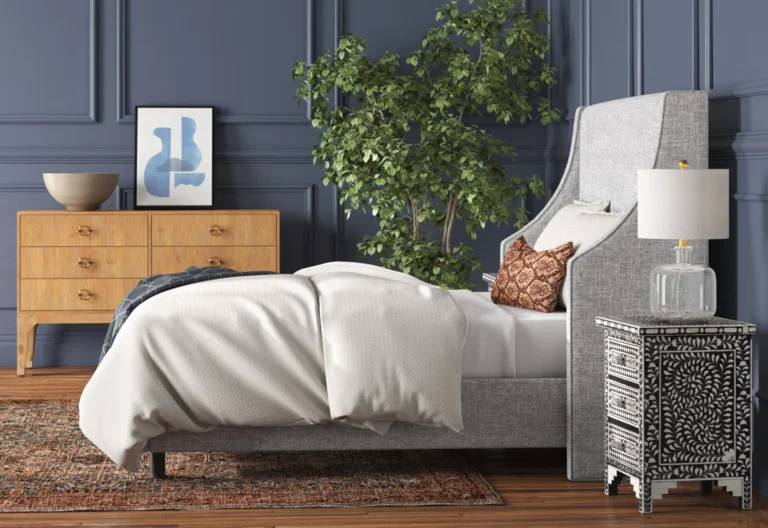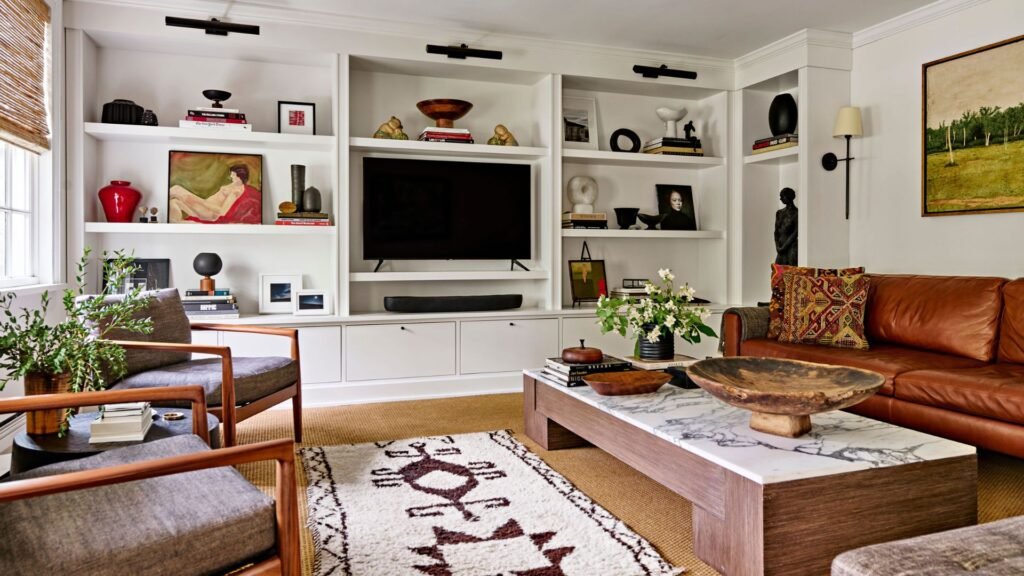
Investing in furniture is not just about style—it’s also about durability and longevity. Quality materials can mean the difference between a piece that lasts for decades and one that needs replacement after a few years. If you want furniture that stands the test of time, it’s important to understand which materials offer the best combination of strength, beauty, and resilience. Here’s a guide to the best materials for long-lasting furniture.
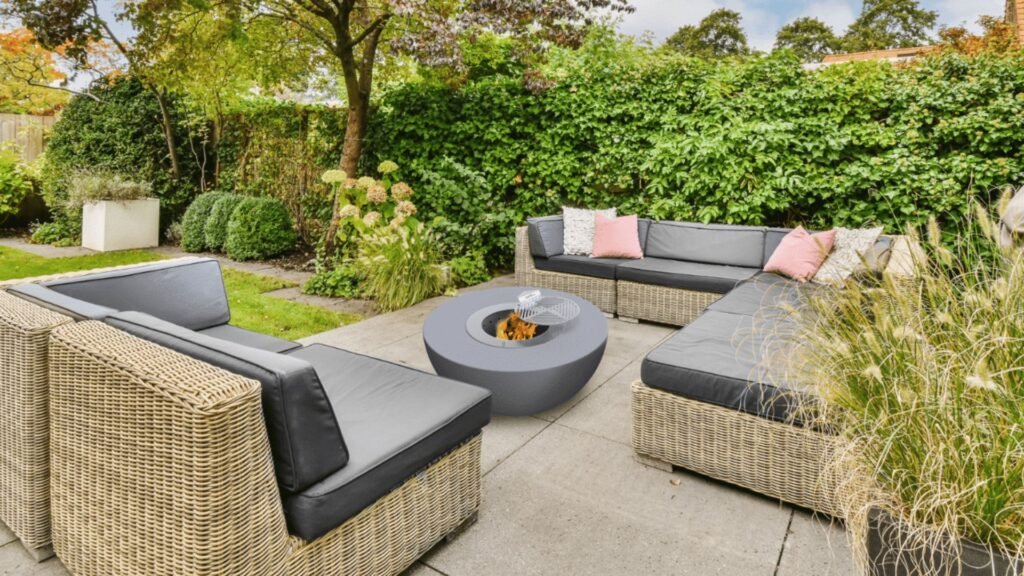
Solid Hardwood: The Gold Standard
Solid hardwood is widely considered the most durable and timeless material for furniture. Species like oak, maple, walnut, cherry, and teak are especially prized.
-
Durability: Hardwood resists dents, scratches, and warping better than softwoods or engineered wood.
-
Beauty: The natural grain patterns develop character over time, creating unique, attractive pieces.
-
Longevity: Well-crafted hardwood furniture can last for generations, often becoming family heirlooms.
While solid hardwood is more expensive upfront, its durability and timeless appeal often make it the most cost-effective choice long term.
Engineered Wood: Strong and Affordable
Engineered woods, such as plywood, MDF (medium-density fiberboard), and particleboard, are made by bonding wood fibers or veneers together.
-
Durability: Plywood is generally stronger and more stable than MDF or particleboard, making it suitable for structural furniture components.
-
Affordability: These materials cost less than solid wood, offering a budget-friendly option with decent durability.
-
Versatility: Engineered wood is often finished with veneers or laminates that mimic real wood grains or other textures.
Though less durable than solid wood, high-quality engineered wood furniture can offer good longevity when well cared for.
Metal: Industrial Strength and Modern Appeal
Metal furniture, particularly steel, iron, and aluminum, offers exceptional strength and durability.
-
Durability: Metals are resistant to wear, dents, and pests, making them ideal for both indoor and outdoor furniture.
-
Maintenance: Powder-coated finishes prevent rust and corrosion, prolonging life.
-
Style: Metal frames add a sleek, modern look and can be paired with other materials like wood or glass.
The longevity of metal furniture combined with its style versatility makes it a smart choice for many interiors.
Leather: Timeless and Tough Upholstery
Leather is a classic upholstery material known for durability and comfort.
-
Durability: High-quality leather resists tears and punctures better than many fabrics and can withstand years of use.
-
Aging: Leather develops a beautiful patina over time, enhancing its appearance rather than deteriorating.
-
Maintenance: Leather is relatively easy to clean and maintain with proper conditioning.
While expensive, leather furniture is a worthwhile investment that improves with age when cared for properly.
Natural Fabrics: Breathable and Resilient
Natural fabrics like cotton, linen, wool, and hemp offer durability and comfort for upholstered furniture.
-
Durability: Wool and hemp are particularly strong and resistant to wear, making them great choices for heavy-use furniture.
-
Comfort: Natural fabrics are breathable and tend to age gracefully.
-
Eco-Friendly: These materials often come from renewable sources and have lower environmental impact compared to synthetic fabrics.
When selecting fabric upholstery, look for high thread counts and tight weaves for better durability.
Glass and Stone: Durable Surfaces
For tables and accent pieces, glass and stone surfaces provide lasting durability and easy maintenance.
-
Glass: Tempered glass is strong, scratch-resistant, and adds a sleek, modern touch.
-
Stone: Materials like marble, granite, and quartz are virtually indestructible and offer natural beauty.
Though they can be heavy and prone to chipping if mishandled, these materials are excellent choices for durable furniture surfaces.
Tips for Ensuring Longevity
-
Quality Craftsmanship: Even the best materials need expert construction to last. Check joints, finishes, and hardware quality.
-
Proper Care: Follow care instructions for cleaning and maintenance to preserve the material’s integrity.
-
Environment: Avoid exposing furniture to extreme humidity, heat, or direct sunlight to prevent damage.
Final Thoughts
Choosing the right materials is fundamental to investing in furniture that lasts. Solid hardwood, metal, leather, and natural fabrics are among the top choices for durability and timeless style. Engineered wood and glass also have their places, especially when balanced with quality construction and care. With the right materials, your furniture can be a beautiful and functional part of your home for many years to come.

